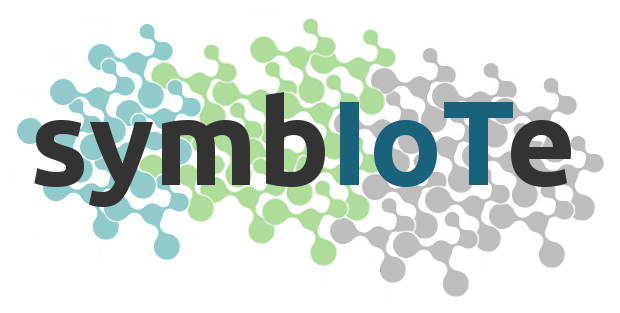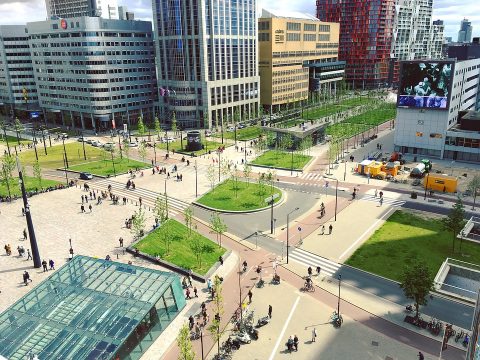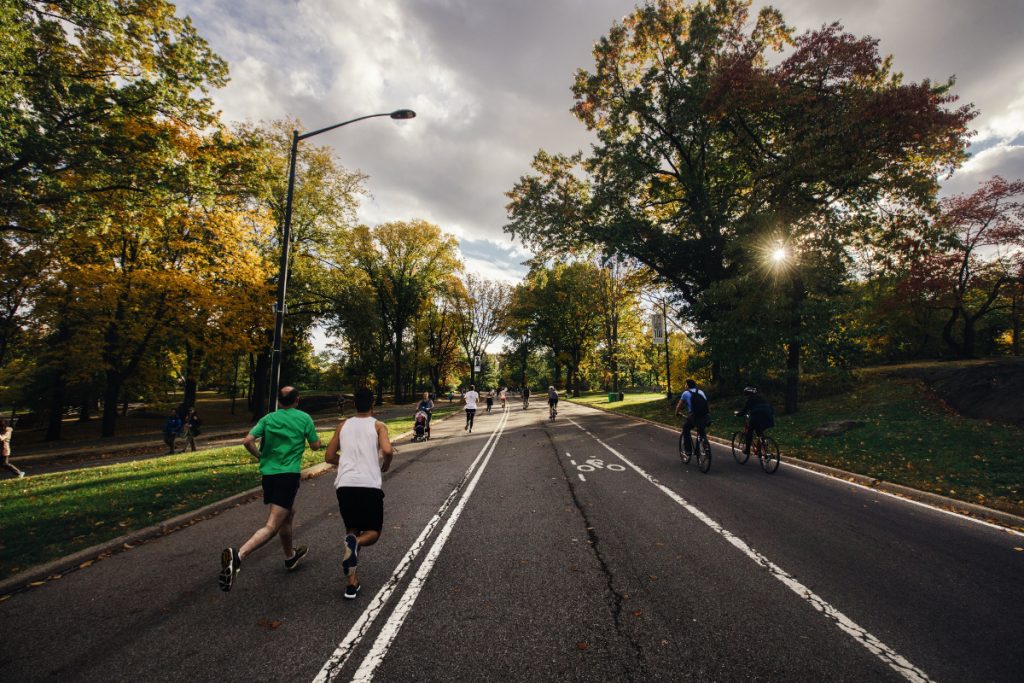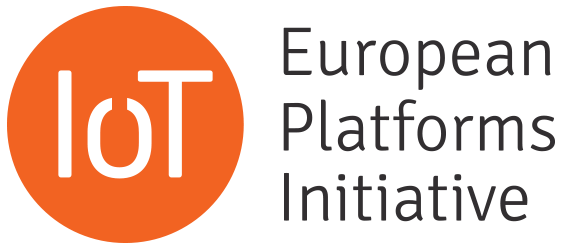| Involved partners | AIT Ubiwhere UNIZG-FER |
| Countries involved in the trials | Austria Croatia Portugal |
| Platforms involved (not finalized) | OpenIoT (providing air quality data from mobile devices and wearables) openUwedat (providing air quality data from fixed sensors plus a routing service for Vienna) Ubiwhere’s Mobility Backend as a Service – MoBaaS (provides an efficient routing service, as well as traffic and parking data) OpenStreetMap (3rd party) (provides maps for route planning and a service for searching points of interest) |
| Number of test users planned | 60 |
The mobility use-case team consisting of Ubiwhere, University of Zagreb and AIT aims at conducting field trials in at least three European cities. All trials are foreseen to be executed with more than 20 participants for period of 30 days with different types of end-users which will actively use the ecological urban routing application and in parallel will contribute with the air quality, parking and traffic data.




 This project has received funding from the European Union's Horizon 2020 research and innovation programme under grant agreement No 688156
This project has received funding from the European Union's Horizon 2020 research and innovation programme under grant agreement No 688156